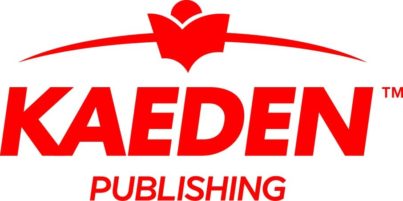K-12 school facility planning is stressful, complex, and time-consuming.
COVID-19 placed an increased emphasis on the need for alterations and renovations in K-12 school buildings. Beyond the typical upkeep and general maintenance, there has been a significant escalation in HVAC work requests, increased complexity in maintaining HVAC facilities, and the need for comprehensive air quality updates.
Implementing your first facility management solution or switching to a new one sounds stressful. The school facility team is busy administering reactive work orders and maintaining hygienic spaces. So, why now should you consider implementing a new facility planning tool?
Let’s unpack the top three ways software improves school facility planning.
- Improves Productivity
The top way software improves K-12 school facility planning is that solutions truly make school facility planning much more manageable and far less stressful in the long term.
As you know, schools receive numerous service requests, reactive work orders, and more considerable school construction demands throughout the school year. As a result, there is always an urgent problem that needs to be solved.
However, with school facility planning software in place, it is possible to transform this reactive maintenance method into a proactive and preventive maintenance methodology.
Moving to a preventive maintenance methodology backed by a facility planning software platform allows facility teams to get ahead of larger projects. In addition, it reveals the useful life of components, thereby making it possible to optimize physical assets throughout the entire portfolio across all school buildings.
Preventive maintenance is critical for maintaining optimized operational conditions for K-12 school physical assets. This typically involves regular inspections to detect and correct defaults and repair deficiencies before a breakdown occurs.
Data is vital in helping school facility managers determine the best approach to motivating supervisors and technicians to stay on track with a high-functioning preventative maintenance program.
- Improves Communication and Transparency
Information on demand when and where you need it? That’s the top benefit of using mobile-first school facility planning software. It is easy to access all data about facility condition assessment, the current state of physical assets, and the valuable life of facility components.
Mobile data-collection technology empowers school facility planners in many ways, including managing work process flows, tracking physical assets, and supervising building facilities. In addition, mobile tech helps facilities managers to communicate, collaborate, and manage workloads more efficiently.
- Maintain Safer and Healthier Schools Now and in the Future
School buildings are places for teaching, learning, and student development. Now more than ever, maintaining the health and safety of K-12 school facilities for teachers, students, and staff, is essential. So, when you aren’t getting the budget, resources, or support you need, no one is as aware of your schools’ deficiencies. And that adds stress.
The appropriate school facility planning software enables schools to meet goals within constrained budgets and with limited resources.
By tracking assets, data from condition assessments, and preventive maintenance schedules in one spot, it is possible to improve the efficiency of limited resources and take a strategic approach to maintain schools.
School facility planning software improves operational efficiency and provides the data you need to ensure the needs of school facilities are met and easily justified to the school board.
This information is courtesy of Intellis, which offers cloud-based solutions to help schools deliver an empowering student experience, www.intellis.io.






